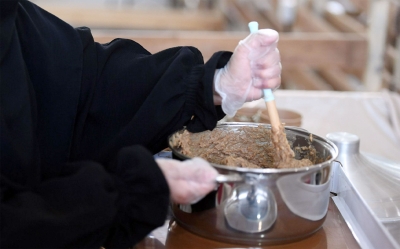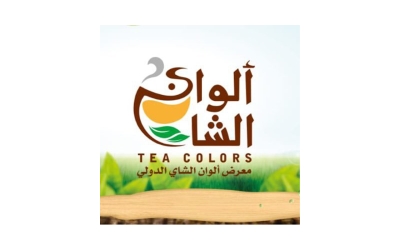
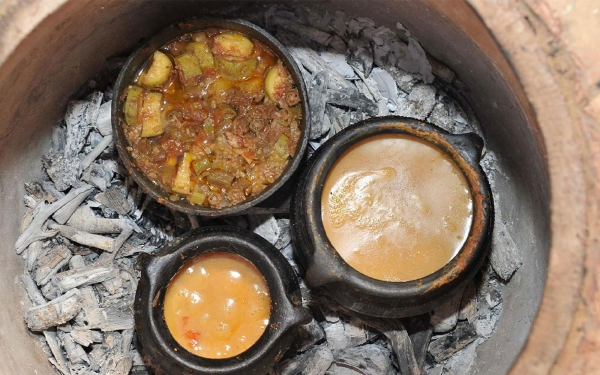
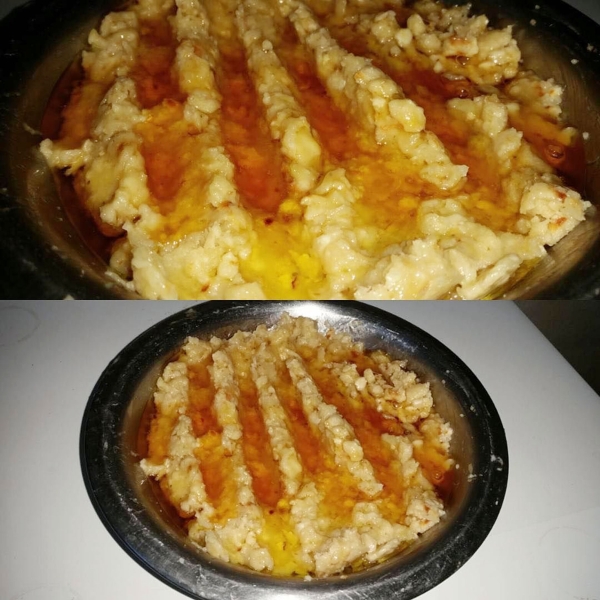
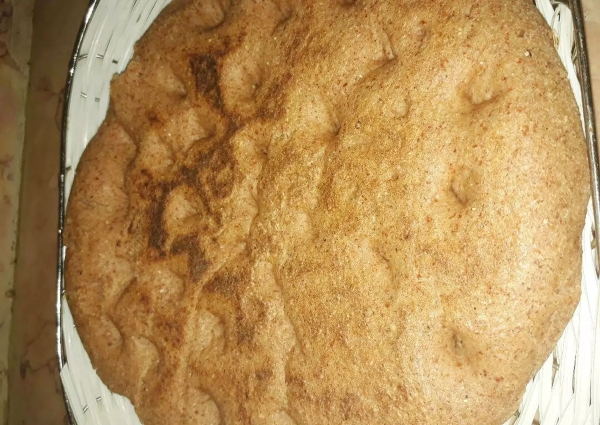
Traditional Food in Jazan Province refers to the most renowned dishes prepared in Jazan Province. These include coastal food, such as fish, mountainous food, such as meat, honey, and ghee, and food grown in plains, such as grains and vegetables.
Diversity of traditional food in Jazan Province
Traditional food in Jazan Province varies in terms of their method of preparation or serving in that they are served in clay containers dedicated to each dish. These dishes include:
Al-Marsah
It is a sweet-tasting dish that consists of whole wheat flour. It was named after its preparation method. In fact, it requires crumbling, mashing, and mixing the bread made of whole wheat flour with bananas. Ghee and honey, or sugar as an alternative to honey, are added to the mixture. Contrary to the currently adopted eating practices consisting of delaying the consumption of sweet food, al-Marsah is usually eaten before salty foods.
Khmer bread
Also known as al-Aish, it is a local bread made from ground red or white corn grains. A grinding tool known as al-Mithana, along with other tools, is used for the grinding process, such as Mihjan al-Tahin upon which the grinding tool is placed. The flour is then kneaded, fermented by adding some previously kneaded flour, then left overnight. It is then shaped into rectangular loaves, each known as Jammarah. Loaves are baked in the Mifa bread oven and served with meat or fish.
Mughash
This dish is made in a stone cylindrical bowl. The bowl is named after the traditional dish for which it is used. It consists of meat to which water, salt, onions, spices, cardamom, and some vegetables such as okra, potatoes, and zucchini are added. All ingredients are cooked in the tannour oven for two hours before being served with rice or yeast.
Aseeda
Commonly known as al-Milwa, this dish consists of flour boiled in hot water and pressed while cooking over heat. Ghee is added to its heart, and it is covered with sugar or honey as an alternative.
Al-Mahshosh
This dish consists of lamb meat and fat. It is a similar dish to Kaddid and Muqalqal. It is made from slaughtered lambs. The meat and fat are cut into small pieces and put together in a stone pot. They are then stirred until the fat is melted and the meat is browned. Cardamom, cinnamon, and salt are added to the mixture that is then pourred into smaller stone pots. The mixture is then left until it hardens and turns white. Al-Mahshosh is known for its ability to resist mold exposure. It also has no expiry date. In fact, it remains edible for months, provided that it is not exposed to water or manual touch.
Zalabiyeh
This dish is made from Khmer dough and is available in two forms, salty and regular Zalabiyeh, with both forms made after fermenting dough overnight. In the morning, oil is poured into an iron frying pan, shaped like a salt container, and heated until boils. Zalabiyeh, shaped into small pieces looking like bite-sized non-sweet side dishes, is then cooked in boiling oil.
Mafalet
This dish is a sweet traditional food that consists of small pieces made of a mixture of corn dough, milk, ghee, and sugar. It is called as such because its pieces fall into boiling milk. After it is cooked, ghee and sugar are added to the mixture. It is served in a clay pot known as Haisiyah. Thanks to its high nutritional value, it is one of the main Suhur meals served in Jazan.
Traditional utensils used for cooking and serving traditional dishes in Jazan Province
Traditional dishes in Jazan Province are cooked and served for eating and drinking in several traditional utensils. These utensils include Mughash, a stone pot known for being named after the traditional dish for which it is used It is used for cooking meat and fish. Another utensil is the Haisiyah, a round clay pot, with a wide top and narrow bottom, used for eating Aseeda and Mafalet. Utensils also include the Matbaqiah, a cylindrical metal container used to store ghee and al-Mahshosh. There is also al-Jabna, an old coffee pot made of terracotta, and al-Sahfa, a wooden drinking pot.
Related quizzes
Related articles
